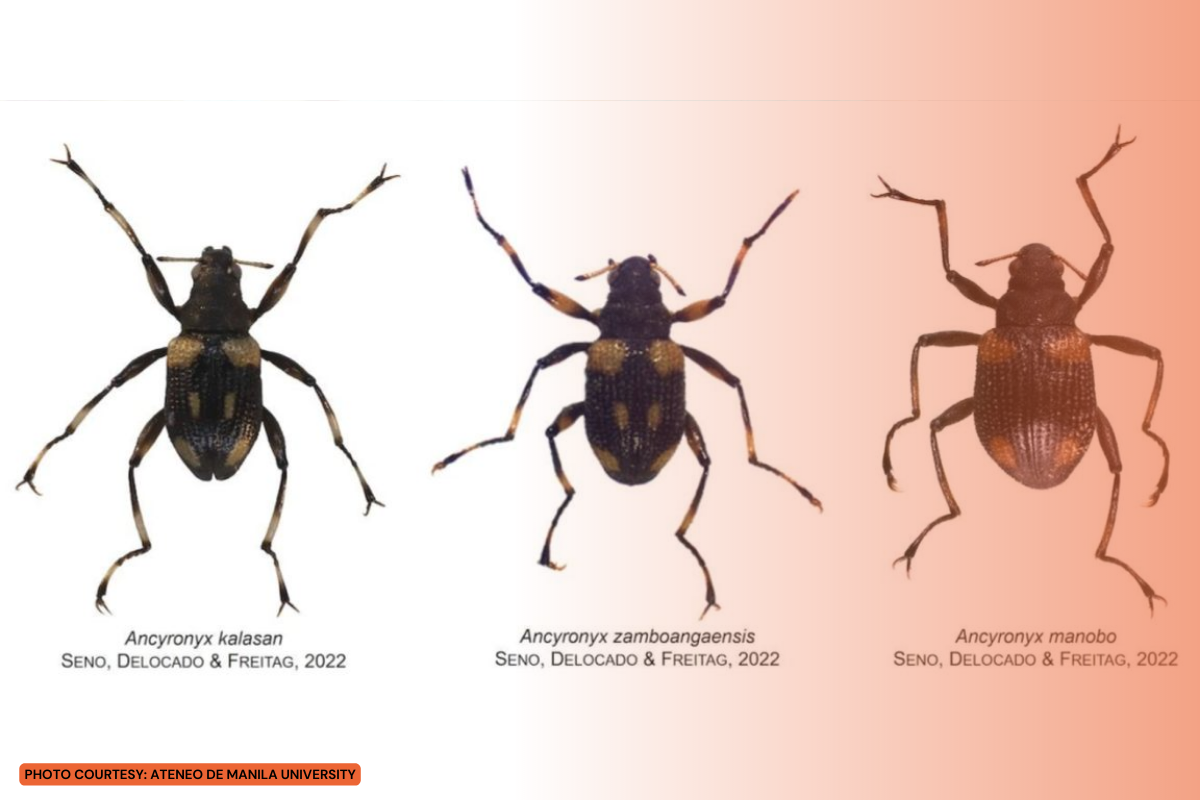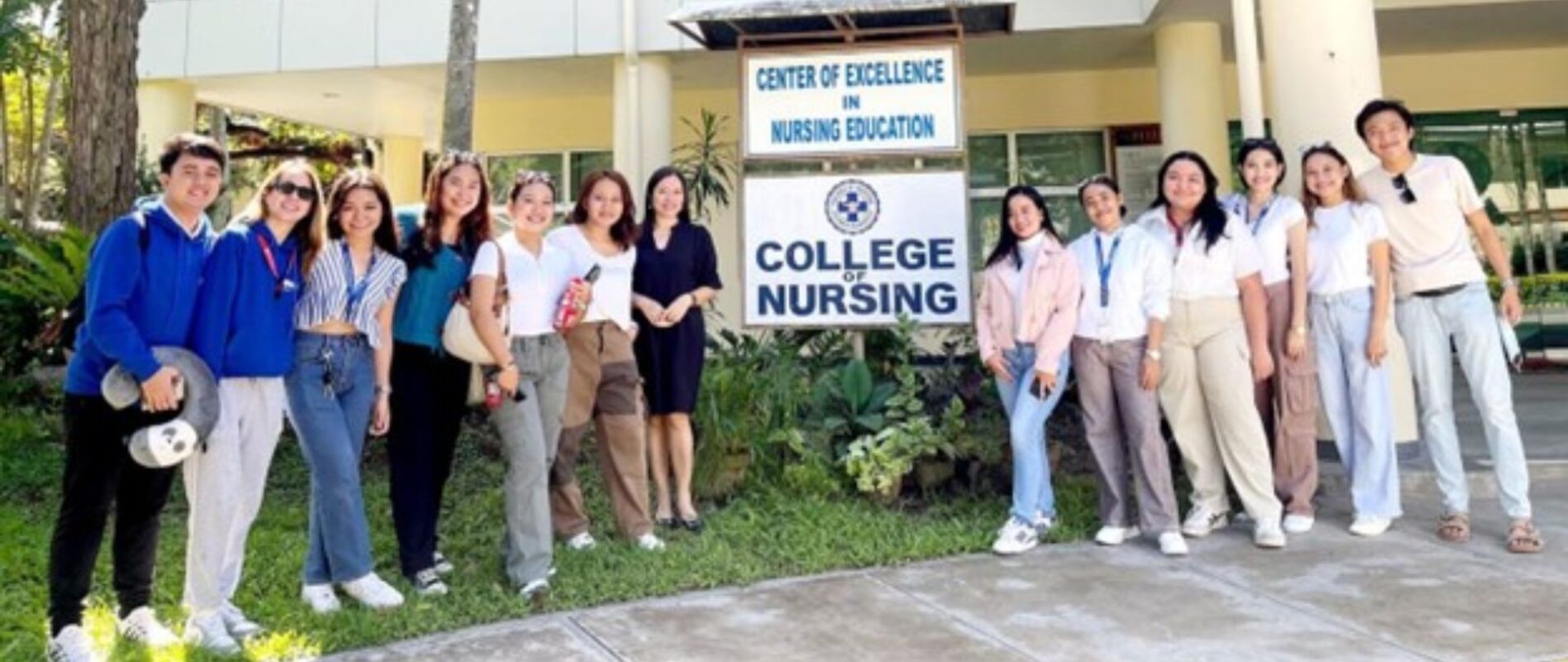ADMU GRADS DISCOVER 3 NEW RIFFLE BEETLES SPECIES
TWO GRADUATES from the Ateneo de Manila University discovered three new riffle species of beetles in Mindanao while doing their thesis.
The three spider riffle beetle species from the genus Ancyronyx were described by researchers from the Ateneo Biodiversity Research Laboratory.
The paper on the discovery — A. kalasan, A. manobo, and A. zamboangaensi — was authored by former BS Biology major Christalle Beatriz Seno with the help of her thesis adviser Professor Dr Hendrik Freitag and co-adviser Dr Emmanuel Delocado.
The paper was published in the international indexed scientific journal Tijdschrift voor Entomologie.
The publication was part of Seno’s undergraduate thesis which was conducted with then BS Biology student Maureen Lianne Pascual.
“While Freitag has been working on the diversity of Ancyronyx in Southeast Asia for some years now, prior to this study, only one species of Ancyronyx was documented from Greater Mindanao or the big cluster of islands on the southern portion of the Philippines,” Ateneo said.
“While A. schillhammeri Jäch, 1994 was recorded in Siargao, it is not unique to Greater Mindanao as it was documented too in Greater Luzon and Greater Mindoro,” it added.
“Hailing from Bukidnon herself, Seno thought it would be fascinating for her undergraduate thesis to investigate the hidden diversity from Mindanao. This led to their discovery of new species from the island of Mindanao, as well as Samar,” the university said.
Ateneo said the new species were named in honor of the culture and geography of Mindanao. A. kalasan was named after the Binukid, a language of indigenous peoples of Bukidnon) word for ‘forest’.
A. manobo was named an indigenous ethnic group, while A. zamboangaensis was named after the Zamboanga Peninsula, according to the university.
While spider riffle beetles are notable for their distinguishable body colorations and patterns, Ateneo said that the “cryptic nature or strong similarities among the three species prompt the team to use traditional microscopy-based approach in tandem with DNA-based analyses.”
Given that the study was conducted in the context of the pandemic when field sampling was subjected to strict regulations, the collected specimens from expeditions dating back to the 1990s were examined in the said publication, Ateneo added.
Seno and Pascual, who graduated this year, conducted their thesis through the lab-at-home set-up acquired via the SC Johnson Environmental Leadership Development Fund.














